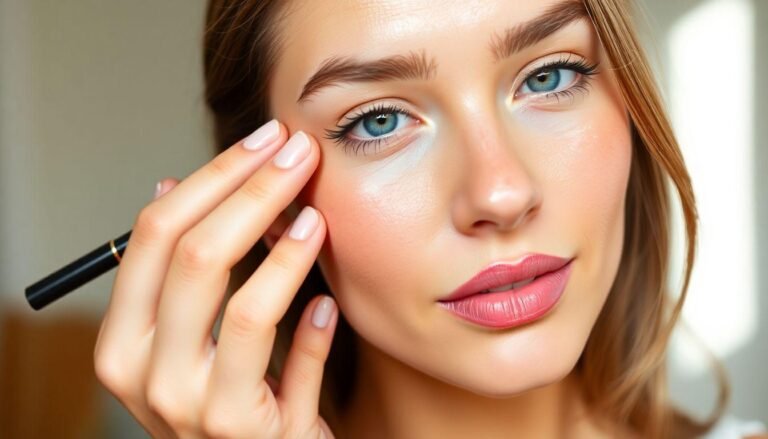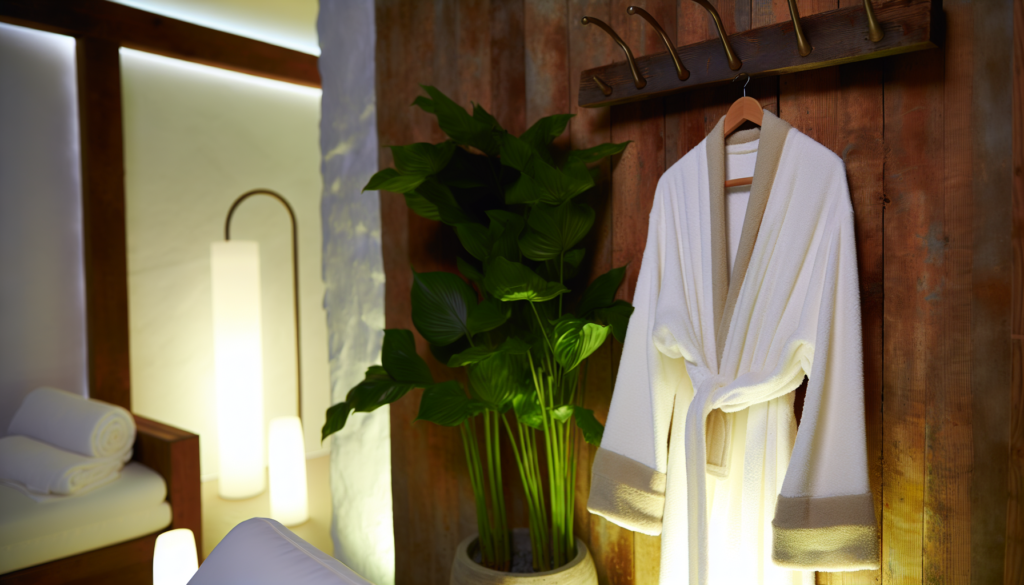Dealing with acne can be frustrating enough without having to worry about makeup application. The good news is that you don’t have to choose between treating your breakouts and looking your best. With the right techniques and products, you can achieve flawless coverage while still being kind to your skin. Finding makeup for acne-prone skin requires some know-how and patience, but once you discover what works for you, you’ll be able to create a beautiful canvas that doesn’t exacerbate your skin concerns. Let’s explore the most effective ways to apply makeup when dealing with acne, from prepping your skin to selecting the right products.
Understanding Acne-Prone Skin and Makeup
Before diving into specific tips, it’s important to understand the relationship between acne and makeup. Acne occurs when pores become clogged with oil, dead skin cells, and bacteria. Traditional makeup can sometimes worsen this condition by further clogging pores or irritating already inflamed skin.
The key is finding products labeled non-comedogenic, which means they’re formulated not to clog pores. But even with these products, proper application and removal techniques make all the difference in managing breakouts while still enjoying makeup.
Remember that everyone’s skin is different. What works for your friend might not work for you, so be prepared to experiment a bit to find your perfect routine.
Prep Your Canvas: Skincare Before Makeup
Good makeup application starts with proper skincare. For acne-prone skin, this step is non-negotiable!
Cleanse Gently But Thoroughly
Start with a gentle cleanser that removes excess oil without stripping your skin. Harsh cleansers might seem like a good idea for oily skin, but they can actually trigger more oil production as your skin tries to compensate.
Don’t Skip Moisturizer
Yes, even oily and acne-prone skin needs moisture! Choose an oil-free, lightweight gel or lotion. When skin is properly hydrated, makeup applies more smoothly and is less likely to cling to dry patches around healing blemishes.
Consider a Primer Specifically for Acne-Prone Skin
A good primer creates a barrier between your skin and makeup, helping prevent pore-clogging. Look for primers with salicylic acid or tea tree oil that can actually help treat acne while you wear makeup.
Choosing the Right Foundation
Foundation selection can make or break your makeup routine when you have acne.
Liquid vs. Powder Foundations
For mild to moderate acne, mineral powder foundations can be excellent choices. They provide coverage without heavy ingredients and often contain zinc oxide, which has anti-inflammatory properties.
For more severe acne or when you need more coverage, liquid foundations labeled non-comedogenic and oil-free are your best bet. Many now come with skincare ingredients like salicylic acid that treat while covering.
Application Techniques Matter
How you apply foundation is just as important as what you apply:
Concealing Active Breakouts
Covering active pimples requires a strategic approach to avoid making them more noticeable.
Color Correction is Your Friend
For red, inflamed pimples, a tiny dab of green color corrector before concealer can work wonders. Yellow correctors help with purple-toned scarring or hyperpigmentation.
The Right Concealer Technique
When concealing blemishes:
Setting Your Makeup for Longevity
Once you’ve achieved your desired coverage, setting it properly helps prevent transfer and mid-day shine that can tempt you to touch your face (a big no-no for acne!).
Powder Strategies
Use translucent setting powder with a light hand, focusing on your T-zone or areas that tend to get oily. Over-powdering can create a cakey look that actually draws more attention to texture.
Setting Sprays
A good setting spray can lock everything in place. Look for alcohol-free formulas with soothing ingredients like aloe or rose water.
Blush, Bronzer, and Highlight
These finishing touches can draw attention away from breakouts by creating dimension and glow.
Powder blushes and bronzers are generally better for acne-prone skin than cream formulations. Apply with a light hand, building color gradually. For highlighter, avoid chunky glitters that can emphasize texture – opt instead for finely milled powder highlighters with a subtle sheen.
Makeup Removal Is Crucial
Even the most skin-friendly makeup needs to be thoroughly removed at the end of the day. Double cleansing (using an oil-based cleanser followed by a water-based one) ensures you remove all traces of makeup without irritating your skin.
Micellar water on a cotton pad is another gentle option, especially for sensitive, acne-prone skin. Whatever method you choose, be thorough but gentle – no harsh scrubbing that could irritate active breakouts.
What to Avoid
Some ingredients and practices are best avoided when dealing with acne:
When to Skip Makeup
Sometimes, giving your skin a breather is the kindest thing you can do. Consider going makeup-free on weekends or when you’re just staying home. These breaks can help your skin heal and remind you that your worth isn’t tied to having perfect skin.
Finding the right makeup tips for acne-prone skin is partly about product selection but equally about application techniques and overall skin respect. Remember that managing acne is a journey, not a destination. With patience and these targeted strategies, you can achieve the coverage you want while still supporting your skin’s health. The most beautiful makeup look is one that makes you feel confident and comfortable in your own skin, breakouts and all.







